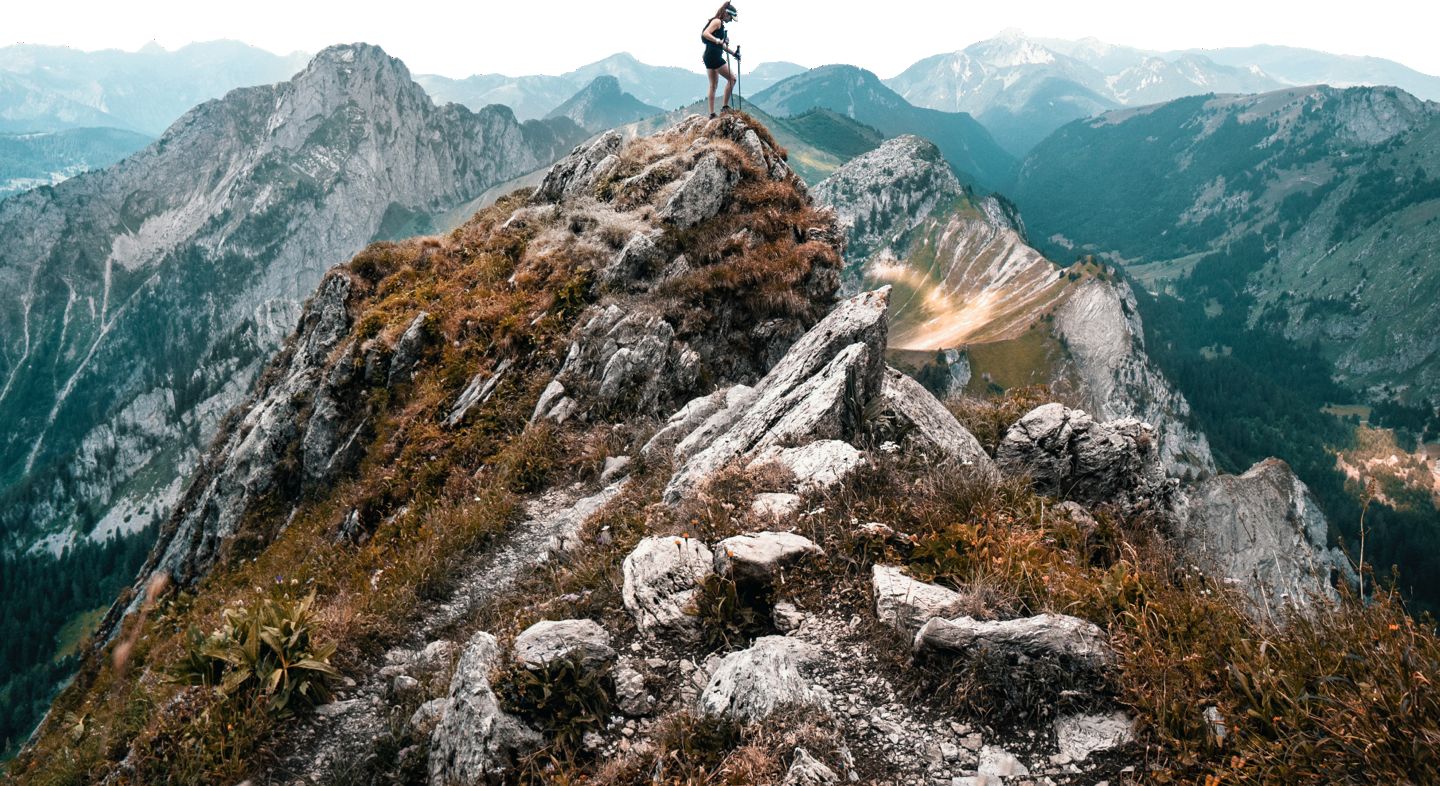
What to Pack for an African Safari
At Niarra Travel, we believe that curating this phenomenal experience is a collaborative process. This includes taking on the weight of helping you pack your bags before your trip even begins. For first timers, trying to work out what to pack for an African Safari can be intimidating but it doesn’t need to be. So for those wondering what to pack for an African safari, we’ve created a guide for the essentials that we know, from years of practice, are needed for your safari experience.

What gadgets should you pack for your African safari?
When travelling by light aircraft, the limit is usually 15kg of soft-shell luggage (destination dependent), so it is better to pack light where possible. Packing the right gadgets for your trip can elevate your African safari experience. It is important to strategise your packing, ensuring that you choose the most necessary gadgets without accidentally going over your limit.
Your basics should include an adapter plug that will be necessary for all your devices to function, as well as bringing along a portable power bank when you are far from camp on your drives or walks.
Binoculars are a staple of the safari world, and for good reason. They help you appreciate both mammal and bird watching from afar. As it can be difficult to get close to the action at times, this can prove an essential addition to your safari equipment.
You won’t want to forget to pack a camera to capture all the spectacular moments you will wish to have forever. Remember to pack your camera’s batteries, plenty of memory cards and chargers to ensure that you are never caught off guard. Additionally, if your camera is particularly heavy, you might benefit from packing a camera bean bag to support your lens. A fun alternative can be a GoPro, which has a fantastic stabilisation feature that allows for great motion capture whilst moving on game drives.

What toiletries should you pack for an African safari?
Our essential recommendations can help keep your trip smooth sailing throughout your time in the bush.
For the Camp
Feel free to pack all your basic toiletries (toothbrush, toothpaste, moisturiser, hairbrush), but when packing your shampoo and conditioner be wary of using non-biodegradable products when staying at lodges that are trying to be wary of keeping soak-aways minimal. All lodges will also provide amenities for your use during your stay.
Your camp or lodge will usually be equipped with a First Aid Kit, though you can bring your own if you would feel more comfortable using a personal one. You may also want to pack motion sickness tablets or a motion sickness relief band if you are susceptible to feeling ill in a moving vehicle.
For the Drive
You should also consider bringing a small bag with you on your drives and it will be beneficial to carry your Sunscreen (SPF 30 or higher) to reapply throughout the day whilst keeping your aftersun at camp, to apply if necessary once your day out in the bush is over.
Hand sanitiser or antibacterial wipes can also be useful in your day bag between rides or before eating any meals when you are still on your drives.
Flies and mosquitos are far from uncommon during safari game drives - particularly during the wetter seasons. For this reason, insect repellent (we recommend repellents with 30% DEET or more) on your person as it can be a godsend both out in the bush and back at camp.

What to avoid packing for an African safari
Both Kenya and Rwanda are polythene-free, which means that plastic bags have been banned due to environmental reasons. This rule also extends to plastic duty-free bags from airports and bags for liquids kept in hand luggage.
When it comes to clothing, sticking to earth-toned shades can help you blend into the wildlife and spot the animals whilst not attracting the attention of the pesky tsetse fly which is drawn to bright colours. Staying away from camo designs is also advised in Africa. Camouflage is only worn by military personnel, so it is best to avoid any conflict, and is entirely prohibited in Zimbabwe.
Try also not to pack clothes made from heavier fabrics, such as denim or wool, as this can be cumbersome and uncomfortable depending on the weather conditions. Read our separate blog for more information on what to wear on a safari.

Don’t forget other preparations
When thinking about what to pack for an African safari, it is also vital to consider any documentation that you might need in order to get into the country or national reserve.
Remember to apply for the appropriate visa for your visit or complete the required Electronic Travel Authorization (ETA) prior to your trip.
Additionally, you should check whether you have proof of your Yellow Fever vaccination, if you have travelled from or through any endemic countries, as it is required, for travel to Rwanda and Uganda.
It is always advisable to have some exchanged currency to hand and exchanging beforehand can help you benefit from a better exchange rate. Plus, tipping during a safari is voluntary, but is seen as customary, so having money on hand to tip your guides, porters and lodge staff can be useful.

At Niarra Travel, we offer unforgettable consciously curated experiences that are imbued with sustainable practices. If you are interested in venturing into the African wilderness for a safari adventure then get in touch with our team on +44 (0) 20 3821 5994 (UK), +1 (833) 215 9353 (US), or at explore@niarratravel.com and begin creating your journey of a lifetime.


